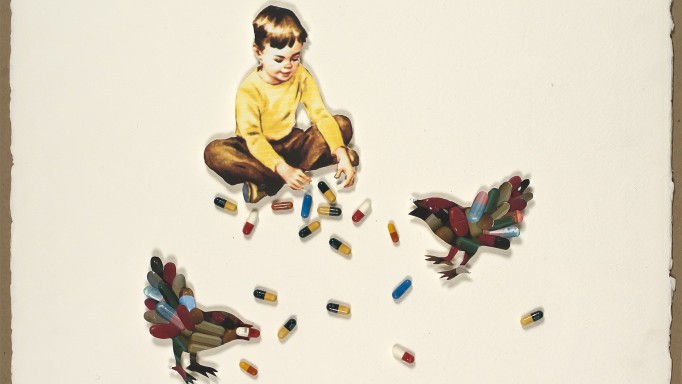Day With(out) Art
How can a day be a memorial? In 1988, the first Day Without Art coincided with the second annual World AIDS Day and was organized by Visual AIDS to pressure art institutions and organizations to take action regarding the HIV epidemic. Ten years after it was created, Visual AIDS changed the event’s name to Day With(out) Art. Per the organization’s website, the parentheses were added “to highlight the ongoing inclusion of art projects focused on the AIDS pandemic and to encourage programming of artists living with HIV,” which was a result of people with HIV living longer thanks to effective antiretroviral medication. The recurring nature of the event and the title shift reflect contemporary thinking about what an AIDS monument can do, which includes maintaining and building upon the activist goals of the movement; creating culture about the past, present and future of AIDS; saying not only the names of people who died with HIV but sharing the ways they lived and the tactics they used to love, fight and die; and communicating the uniqueness of HIV: a deadly virus linked with intimacy, pleasure, stigma and transmission that is treatable—but not curable—by medicine and community yet exacerbated and prolonged by systemic bias and inequitable social and political forces.










